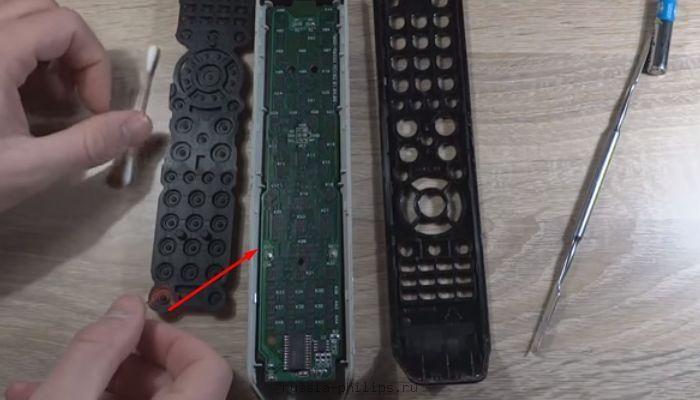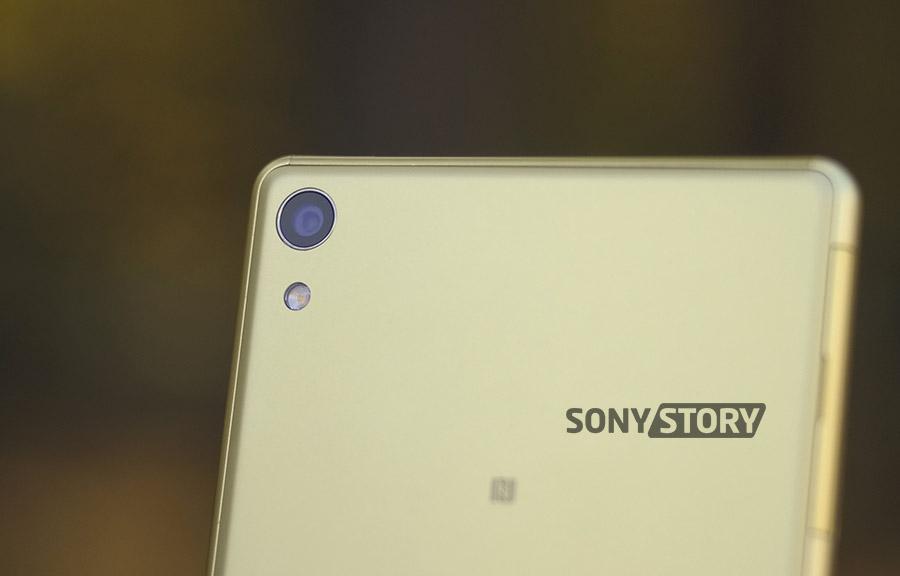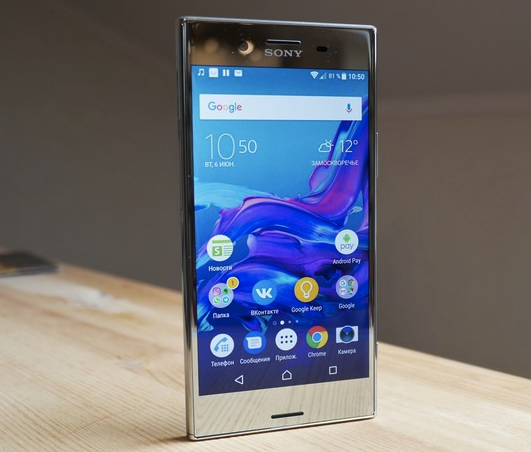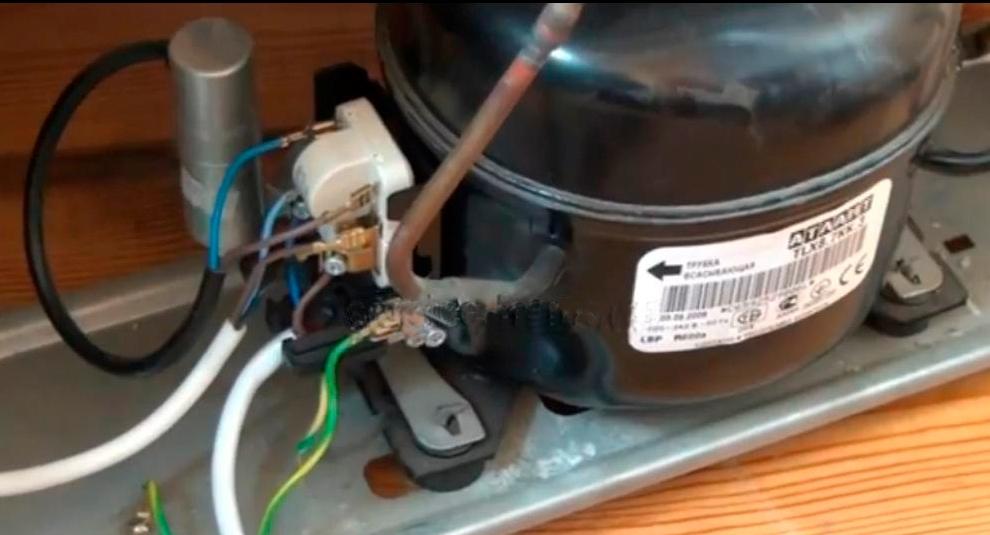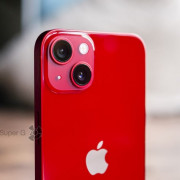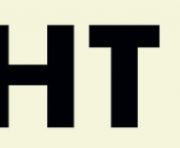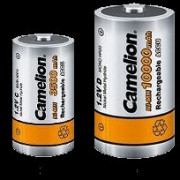Ремонт телевизора Sony Trinitron
Содержание:
Вы здесь
Главная › Программы для работы с графикой › WEB-графика в сети Интернет › 2. ГЛАВА 1. ЦВЕТ › 24. Настройка цветопередачи › 1. главу 4
3. FD Trinitron (Sony)
вт, 06/27/2006 — 15:33 — admin
FD Trinitron (Sony)Выпускается фирмой Sony, имеет плоскую внешнюю поверхность экрана (даже модели с диагональю 15 дюймов). Технология, которую Sony использует в своих мониторах, разрабатывается компанией уже более тридцати лет, и не будет преувеличением сказать, что она приобрела всемирную известность, В 1982 г. фирма Sony выпустила первый компьютерный дисплей, в котором была применена ЭЛТ Trinitron. В 1998 г. компания представила первый монитор с плоской поверхностью экрана, выполненный по технологии FD Trinitron. ЭЛТ Trinitron, которые всем хорошо известны по бытовым телевизорам, отличались от обычных тем, что имели не сферическую поверхность экрана, а цилиндрическую. Остановимся на некоторых основных моментах, отличающих технологию FD Trinitron. Прежде всего, это высокое разрешение. Чтобы достигнуть высокой разрешающей способности, необходимо наличие трех составляющих — очень тонкой экранной маски, минимального диаметра электронного луча и безошибочного позиционирования этого луча на всей поверхности экрана. Решение этой задачи связано с немалыми трудностями. Например, уменьшение диаметра электронного луча уменьшает яркость изображения. Чтобы компенсировать потери яркости, нужно увеличить мощность электронного луча, но это сокращает срок службы люминофорного покрытия и катода электронной пушки. В FD Trinitron применена конструкция электронной пушки под названием SAGIC (Small Aperture G1 with Impregnated Cathode). В ней используется обычный для пушек бариевый катод, но обогащенный вольфрамом, что позволяет продлить срок службы ЭЛТ. Кроме того, в конструкции электронной пушки предприняты специальные меры по сужению электронного луча. В качестве экраннной маски фирма Sony использует апертурную решетку с шагом 0,22 — 0,28 мм. Этот параметр изменяется не только в зависимости от модели монитора, но и от периферии к центру маски. Применение апертурной решетки вместо обычной теневой маски позволяет увеличить количество электронов, достигающих поверхности люминофорного покрытия, а это дает более чистое, лучше сфокусированное и яркое изображение. Все мониторы с ЭЛТ FD Trinitron имеют специальное многослойное покрытие (от 4 до 6 слоев), которое выполняет несколько функций. Во-первых, оно позволяет получать истинные цвета на поверхности экрана за счет уменьшения отраженного света. Во-вторых, благодаря дополнительному специальному черному слою антибликового покрытия (Hi-Con) повышается контрастность, значительно улучшается передача серых оттенков. |
Description
Basic concept
The Trinitron design incorporates two unique features: the single-gun three-cathode picture tube, and the vertically aligned aperture grille.
The single gun consists of a long-necked tube with a single electrode[ – ] at its base, flaring out into a horizontally-aligned rectangular shape with three vertically-aligned rectangular cathodes inside. Each cathode is fed the amplified signal from one of the decoded RGB signals.
The electrons from the cathodes are all aimed toward a single point at the back of the screen where they hit the aperture grille, a steel sheet[ – ] with vertical slots cut in it. Due to the slight separation of the cathodes at the back of the tube, the three beams approach the grille at slightly different angles. When they pass through the grille they retain this angle, hitting their individual colored phosphors that are deposited in vertical stripes on the inside of the faceplate. The main purpose of the grille is to ensure that each beam strikes only the phosphor stripes for its color, much as does a shadow mask. However, unlike a shadow mask, there are essentially no obstructions along each entire phosphor stripe. Larger CRTs have a few horizontal stabilizing wires part way between top and bottom, but in practice, they are not noticed.[ – ]
Advantages
In comparison to early shadow mask designs, the Trinitron grille cuts off much less of the signal coming from the electron guns. RCA tubes built in the 1950s cut off about 85% of the electron beam, while the grille cuts off about 25%.[citation needed] Improvements to the shadow mask designs continually narrowed this difference between the two designs, and by the late 1980s the difference in performance, at least theoretically, was eliminated.[citation needed]
Another advantage of the aperture grille was that the distance between the wires remained constant vertically across the screen. In the shadow mask design, the size of the holes in the mask is defined by the required resolution of the phosphor dots on the screen, which was constant. However, the distance from the guns to the holes changed; for dots near the center of the screen, the distance was its shortest, at points in the corners it was at its maximum. To ensure that the guns were focused on the holes, a system known as dynamic convergence had to constantly adjust the focus point as the beam moved across the screen. In the Trinitron design, the problem was greatly simplified,[how?] requiring changes only for large screen sizes, and only on a line-by-line basis.
For this reason, Trinitron systems are easier to focus than shadow masks, and generally had a sharper image.[citation needed] This was a major selling point of the Trinitron design for much of its history. In the 1990s, new computer-controlled real-time feedback focusing systems eliminated this advantage, as well as leading to the introduction of «true flat» designs.
Visible support wires
Even small changes in the alignment of the grille over the phosphors can cause the color purity to shift. Since the wires are thin, small bumps can cause the wires to shift alignment if they are not held in place. Monitors using Trinitron technology have one or more thin tungsten wires running horizontally across the grille to prevent this. Screens 15″ and below have one wire located about two thirds of the way down the screen, while monitors greater than 15″ have 2 wires at the one-third and two-thirds positions. These wires are less apparent or completely obscured on standard definition sets due to wider scan lines to match the lower resolution of the video being displayed. On computer monitors, where the scan lines are much closer together, the wires are often visible. This is a minor drawback of the Trinitron standard which is not shared by shadow mask CRTs.
Anti-glare coating
This is a polyurethane sheet coated to scatter reflections and can be very easily damaged. The fix is to simply remove the sheet entirely, which one can do on Trinitron and Diamondtron CRT Monitors using a and a chopstick. Many users claim that removal of the anti-glare coating increases the overall light output of the display and results in more vivid colors and a sharper picture, but at the expense of reduced contrast and (as expected) increased reflection from light sources in front of the display screen.
